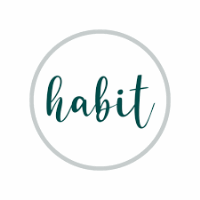 UDL Habit 2 – Predicting and Identifying Barriers
UDL Habit 2 – Predicting and Identifying Barriers
In the last episode of Building UDL Habits, we learned to begin with a clear, rigorous goal that is separate from the means. Now it is time to consider honing the next UDL Habit which requires us to predict what
barriers might interfere with achieving the learning goal.
- Barriers are not found in people. Barriers are found in the environment, which include the materials, the methods, the assessments, and even the curriculum. Perhaps you’ve heard someone say, “the students aren’t paying attention in class.” This makes it sound like the barrier is the students. The more accurate identification of the barrier would be to state that “there are distractions in the classroom that interrupt students’ attention.” Or…maybe you’ve heard a statement such as, “a student is failing science because he/she can’t read.” However, the student is not the barrier. The barrier is the text. Therefore, a more accurate statement would be, “the text level is too challenging for students to comprehend.”
- When the barrier is accurately identified, it becomes easier to determine possible options for overcoming or removing the barrier.
If you’d like to know more about how to predict and identify barriers from a UDL perspective, consider this resource by Allison Posey,
“How to Break Down Barriers to Learning with UDL”.
For additional information on barriers, check out thi
s 4-minute video from the UDL Implementation and Research Network (IRN).

If you’d like to share your Aha moments in identifying barriers, consider responding on Twitter.
Be sure to check back next week where we will explore UDL Habit #3.